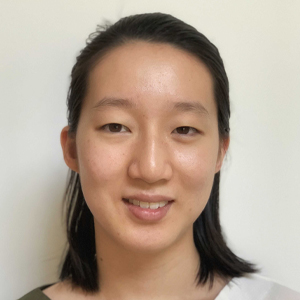
What seems dead may not be dead
In 2019, Vincent Tagliabracci received an email from a French bioinformatician alerting him to a similarity between part of the replication complex of the SARS coronavirus –– which had caused an outbreak in the early 2000s –– and a protein Tagliabracci had been working on.
Tagliabracci, an associate professor in the molecular biology department at the University of Texas Southwestern, wrote back that he wasn’t interested in working on coronaviruses.
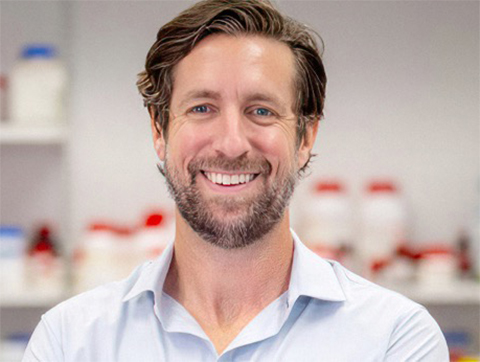
Then, 2020 came.
Tagliabracci’s lab is known for studying human protein kinases, but during the COVID-19 pandemic, he switched gears, initiating a project with SARS-CoV-2 proteins that turned out to be involved in capping the viral RNA. One of these proteins, nonstructural protein 12, has a pseudokinase domain similar to selenoprotein-O, which Tagliabracci’s lab had previously uncovered as an AMP-transferring kinase. It seemed like a good place to start.
They discovered how the cap is made in coronaviruses and showed that it is essential for viral replication. The team is now working with collaborators to identify small-molecule drug targets as another way to treat COVID-19.
The involvement of these proteins in creating a core cap structure highlights a new role pseudokinases can play, Tagliabracci said. The traditional theory is that these pseudokinases are catalytically inactive because they don’t transfer phosphate, but his lab’s work suggests possibilities beyond this one reaction.
“Probably the biggest thing that we've done is made people start thinking more about alternative reactions that kinases can perform,” Tagliabracci said. “And we've provided several examples showing that just because enzymes are predicted to be inactive, it doesn’t mean they truly are."
Tagliabracci will receive the 2025 Earl and Thressa Stadtman Distinguished Scientist Award for outstanding achievement in basic research in the fields encompassed by the ASBMB at the ASBMB Annual Meeting, April 12–15 in Chicago.
Expanding what we know about the kinome
A meeting at a Warsaw conference jumpstarted Tagliabracci’s interest in bioinformatics. By pairing bioinformatics hypothesis generation with exploratory wet lab work, his lab could more efficiently study the kinome, the set of protein kinases in a given organism. One big focus has been pseudokinases.
“What we've been finding is that they're only inactive when you try to measure phosphorylation,” he said. “Some of them are doing completely different reactions.”
Take selenoprotein-O, which contains the cysteine analog and 21st amino acid known as selenocysteine. By looking at its crystal structure, a postdoc found that ATP was flipped 180 degrees in the active site, meaning that AMP would be transferred instead of phosphate. This pseudokinase, which was predicted to be inactive, in fact transfers AMP from ATP to serine, threonine and tyrosine residues on proteins, helping cells regulate oxidative stress.
The process is now called AMPylation, but back in the 1960s when Earl Stadtman was conducting his research it was called adenylylation — and he’s the one who identified this process in glutamine synthase. Meanwhile, none other than Thressa Campbell Stadtman first discovered selenocysteine in 1974.
“That was really the first example of an enzyme with a protein kinase fold that did a reaction other than phosphorylation,” Tagliabracci said. “In hindsight, it would have been the perfect protein for Earl and Thressa to collaborate on.”
ASBMB 2025 award winners
Read profiles of all the society’s 2025 honorees who will receive their awards and give talks at the ASBMB Annual Meeting, April 12–15 in Chicago.
From receptor research to cancer drug development: The impact of RTKs
Joseph Schlessinger receives the ASBMB Herbert Tabor Research Award.
Computational and biophysical approaches to disordered proteins
Rohit Pappu receives the DeLano Award for Computational Biosciences.
Leading the charge for gender equity
Nicole Woitowich receives the ASBMB Emerging Leadership Award.
Helping underrepresented scientists feel seen
Benjamin Garcia receives the ASBMB Ruth Kirschstein Diversity in Science Award.
Transforming learning through innovation and collaboration
Neena Grover receives the William C. Rose Award for Exemplary Contributions to Education.
Curiosity turned a dietitian into a lipid scientist
Judy Storch receives the Avanti Award in Lipids.
Elucidating how chemotherapy induces neurotoxicity
Andre Nussenzweig receives the Bert and Natalie Vallee Award.
What seems dead may not be dead
Vincent Tagliabracci receives the Earl and Thressa Stadtman Distinguished Scientist Award.
'You can't afford to be 15 years behind the parasite'
David Fidock receives the Alice and C.C. Wang Award in Molecular Parasitology.
Guiding grocery carts to shape healthy habits
Robert Helsley receives the Walter A. Shaw Young Investigator in Lipid Research Award.
Enjoy reading ASBMB Today?
Become a member to receive the print edition four times a year and the digital edition monthly.
Learn moreGet the latest from ASBMB Today
Enter your email address, and we’ll send you a weekly email with recent articles, interviews and more.
Latest in People
People highlights or most popular articles
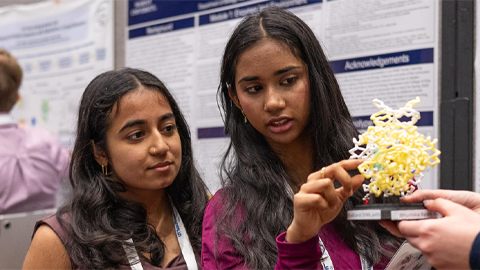
ASBMB undergraduate education programs foster tomorrow’s scientific minds
Learn how the society empowers educators and the next generation of scientists through community as well as accreditation and professional development programs that support evidence-based teaching and inclusive pedagogy.
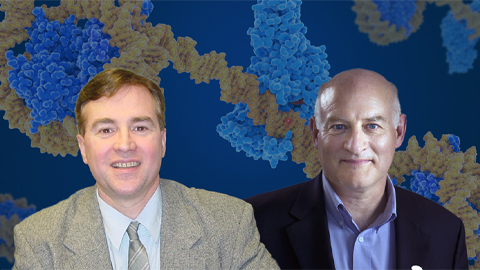
Honors for Gagna and Sundquist
Claude Gagna is being honored for the diagnostic tool he developed that uses AI to streamline diagnostics. Wesley Sundquist is being honored for his role in finding that HIV’s capsid was a target for treatment.

Gaze into the proteomics crystal ball
The 15th International Symposium on Proteomics in the Life Sciences symposium will be held August 17–21 in Cambridge, Massachusetts.
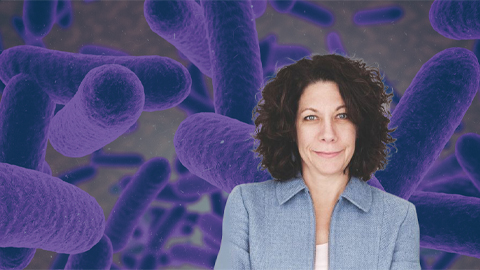
Bassler receives National Medal of Science
She was recognized for her research on the molecular mechanisms bacteria use for intercellular communication.

2025 ASBMB election results
Learn about the new president, secretary, Council members and committee members.

2025 PROLAB awardees announced
Seven early-career scientists receive grants to advance their research by working in North American labs.

